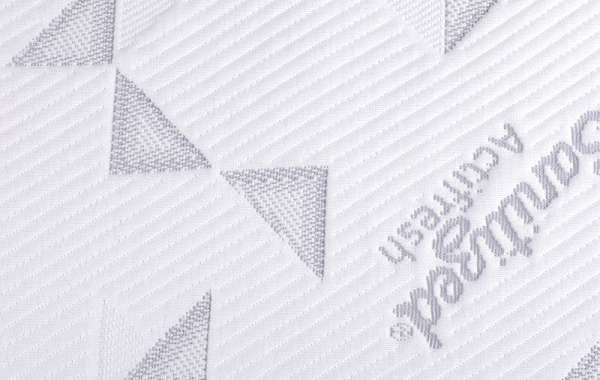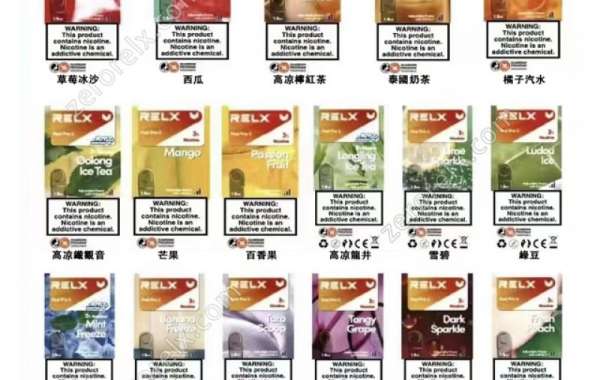The selection of fibers is a fundamental step in creating mattress fabric, with options ranging from natural to synthetic sources. Cotton is a widely used natural fiber, valued for its soft hand-feel and breathability. It is often employed in blends to create a comfortable mattress fabric that is pleasant against the skin. Another natural option is wool, which is known for its inherent temperature-regulating properties and moisture-wicking abilities. A mattress fabric incorporating wool can contribute to a more stable sleeping temperature in various climates.
Polyester is a dominant synthetic fiber in the mattress fabric market. It is chosen for its durability, resistance to wrinkles, and color retention. Polyester fibers can be engineered into a wide range of textures and are often used to create a durable and cost-effective mattress fabric. Blends of cotton and polyester are common, aiming to combine the comfort of cotton with the strength and resilience of polyester. This type of mattress fabric offers a practical balance of comfort and long-term performance for everyday use.
Specialized fibers are also utilized for specific benefits. Bamboo-derived viscose is featured in some mattress fabrics due to its softness and moisture-absorbent qualities. It is often marketed as a sustainable choice, though the processing methods can vary. Microfiber, a very fine synthetic fiber, is used to produce an exceptionally soft and dense mattress fabric. Some manufacturers also integrate phase-change materials into the fibers, which are designed to absorb and release heat to help regulate the surface temperature of the mattress fabric.
The choice of material for mattress fabric involves trade-offs between cost, feel, and functional benefits. A high-quality cotton mattress fabric provides natural comfort but may require more care. A polyester-based mattress fabric offers strong wear resistance and may be easier to clean. The trend in the industry is towards innovative blends and treatments that enhance the performance of mattress fabric, focusing on areas like cooling, hypoallergenic properties, and sustainability. Understanding these material options helps consumers make informed decisions based on their personal sleep needs and preferences.







